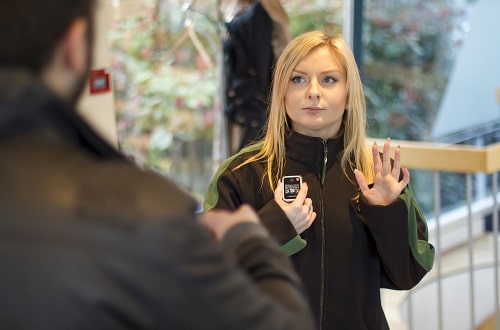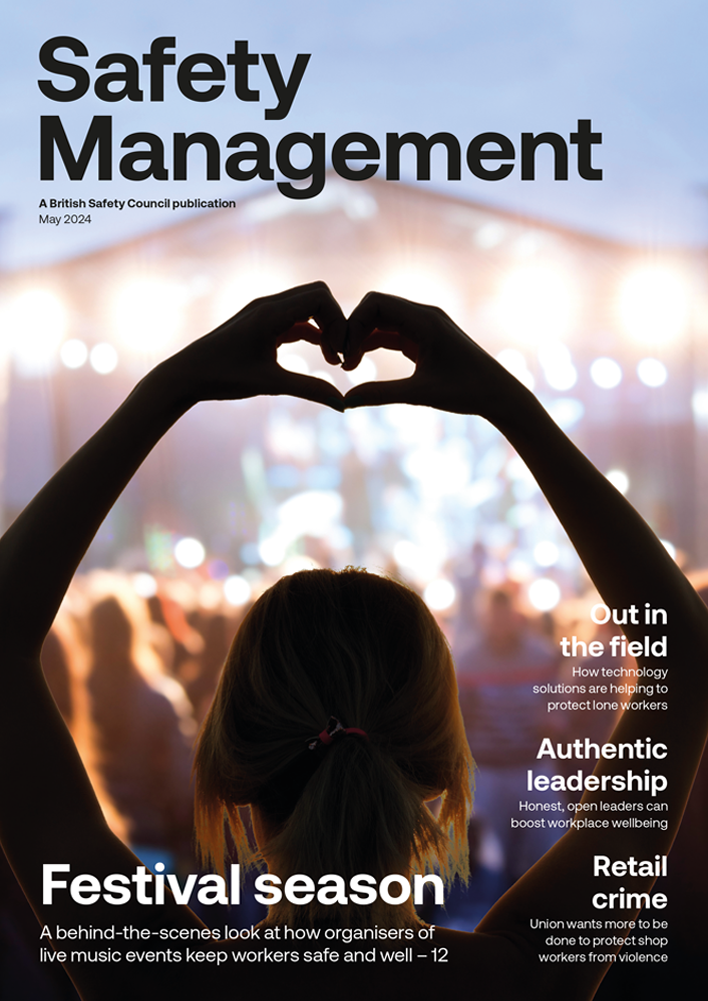Book review by Gavin Bradley, founder of Active Working CIC
Features
A Guide to Active Working in the Modern Office
A book devoted to the evolution and science of sedentary behaviour in offices may not be a contender for best-seller. Or so you might have thought.
But with Covid-19 lockdown leading to a tsunami of office workers now working remotely, things have changed. Big time! With 90 per cent of remote workers poorly set up with incorrect equipment at home, we face a ticking timebomb of costly healthcare and sick leave resulting from office workers sitting for prolonged periods. Remember, many office workers have lost as much as 5,000 steps a day of incidental physical activity in commuting to, from and around the office.

So why should a “Guide to Active Working in the Modern Office” be essential? Well for those now planning for this ‘new norm’, companies will invest more in wellness, mental health and physical activity in order to safeguard productivity.
With over 35-years’ experience in ergonomics and human factors Dr. Robert Bridger is in a unique position to share rich understanding of the history of offices and how they have evolved.
He has ploughed through scientific and experimental research, albeit emerging, on the sides of both standing and sitting and the interrelationship between the two. He sadly fails to mention that the DSE guidance last updated in the 1980s is no longer fit for purpose but he does highlight experimental evidence to suggest that an active workplace, especially standing desks, are efficacious. Dr. Bridger keenly points out that we need more evidence to know how effective they could really be. After each chapter he concisely enlightens us with his science based ‘takeaways’ and action-based ‘quick wins’.
So, for those short of time, this book will provide a quick but essential reference guide. Valuable tips I have gleaned were as follows:
- While it is misleading to refer to ‘sitting as the new smoking’, as the health risks are very different, there is plenty of evidence telling us that the longer we sit, the greater the risk of multiple cause death e.g. heart disease, diabetes, and certain cancers, not to mention chronic musculoskeletal conditions.
- While we may burn moderately more calories standing compared to sitting, we are more likely to move from a standing position to walking, fidgeting, or even stretching. This makes standing a powerful movement catalyst.
- We should not stand still for prolonged periods. Our next position is our best position. We also need to be comfortable and wear appropriate footwear.
- When you are sitting, know how to sit correctly. Adjust the seat height so your feet are resting firmly on the floor (or footrest). The screen should be approximately 70cm from your eyes and you should be looking straight out at the top third of the screen.
- Interrupt your sitting every 20 minutes and your standing too, by moving away from time to time. Make mini changes of posture and take frequent microbreaks. Stand for phone calls, routine emails and sit for intense typing or reading.
- Take time to develop new habits. Go for a walk at lunchtime, use the stairs at every opportunity, go to the furthest bathroom. Do intermittent stretches at regular intervals.
Office aficionados, human resource experts, facilities and workplace consultants – this guidebook provides valuable evidence-based tips for you to improve employee wellness. You will find it essential when preparing senior management to make important decisions about the future of your office and your remote based workers. Get moving!
Gavin Bradley is Founder of Active Working CIC
A Guide to Active Working in the Modern Office by Dr Robert Bridger is available here
FEATURES

Purchasing body-worn cameras: 10 top tips
By Alasdair Field, Reveal Media on 13 May 2024
Body-worn cameras can reduce the risk of violence and threats to staff by providing a deterrent effect and documentary evidence for pursuing aggressors, but it’s important to carefully consider issues like functionality, data storage and user training during the selection process.

Vulnerable workers: protection is key
By Naz Dossa, Peoplesafe on 13 May 2024
From working alone to commuting after hours, workers can be vulnerable to threats, aggression and harassment – but training and the right technology can help.

Progress made and challenges ahead – Grenfell six years on
By Aisha Farooq, Fire Protection Association (FPA) on 01 August 2023
On the sixth anniversary of the Grenfell Tower fire, 2023 has seen a significant rollout of legislative changes to fire safety in high-rise residential buildings that highlight the progress made and the challenges that yet remain.



